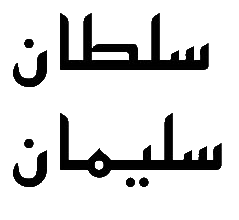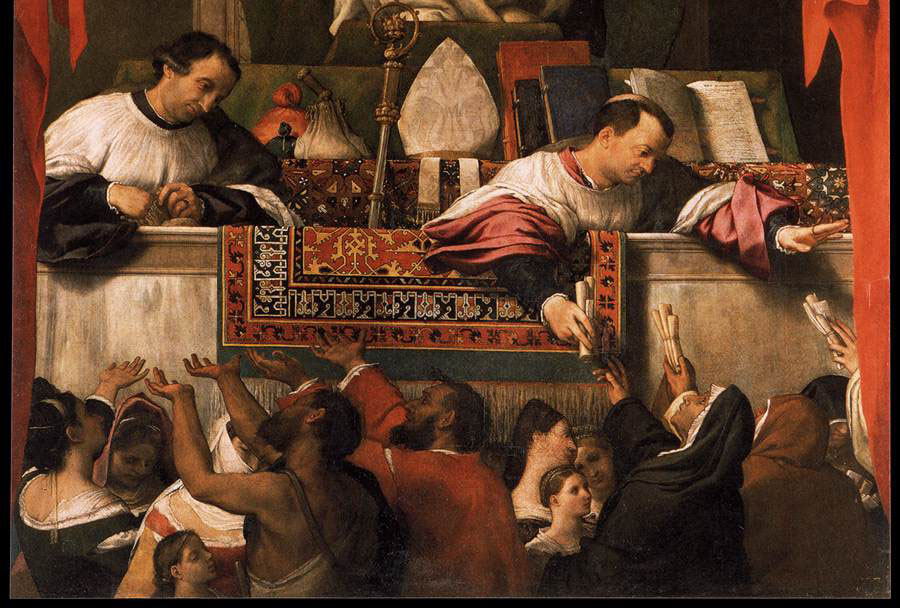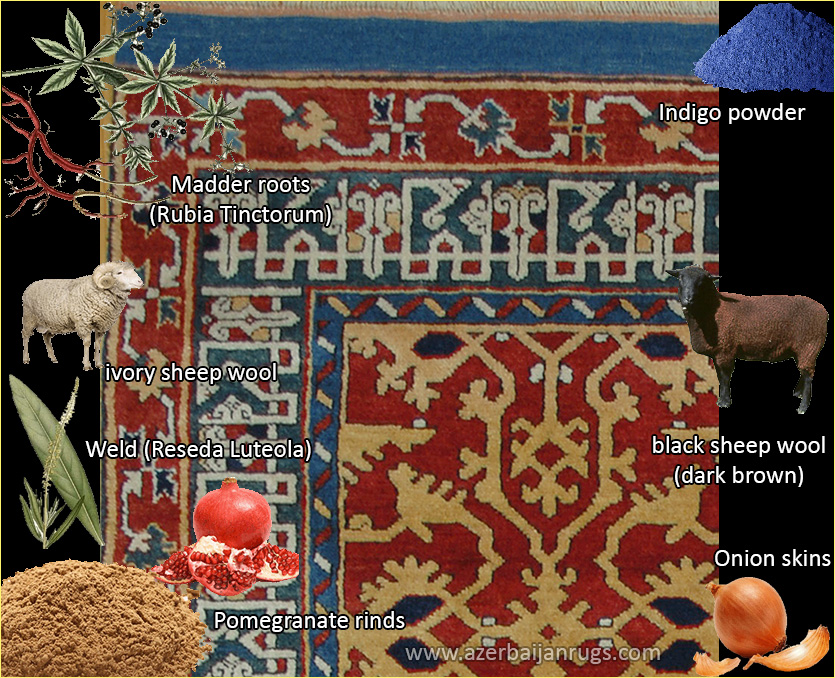
|
"Lotto" Ushak rug, inspired by XVI century Ushak rug depicted in Lorenzo Lotto's "The Alms of St Anthony" (1542) CODE: LTSTA08-A Size (metric): 139x210cm (including the kilim ends) Size (ft): 4'6"x6'10" Area: 2.91 m2 Density: ~117 000 (30hx39v) knots per square meter, totally ~ 350 000 knots Pile height: 0.5cm Ends: 7cm medium blue and red kilim weaving, chained ends. Weaving period: 4 months Colors: madder red, navy blue, yellow, medium green, medium blue, ivory, dark brown. Dyes: 100% natural dyes: madder, onion skins, weld (Reseda Luteola), indigo, pomegranate skins, natural brown sheep wool, natural ivory sheep wool Materials: Handcarded and handspun wool for pile, dark ivory wool warps and red wool wefts Weaver: Arzu, a local village woman, who wove this rug in her own house, as a natural part of her daily family routine Design: The arabesque-trellis or so-called 'Lotto' design was popular from its first appearance around 1500. This overall lattice design found here was named for the Venetian artist Lorenzo Lotto (1480-1556) who was one of numerous European artists throughout the 16th and 17th centuries to include carpets with this pattern in their works, see Mills, John, " 'Lotto' Carpets in Western Paintings," Hali, vol 3. no. 4, 1980, pp. 278-289. Prior to this study, the arabesque lattice of these carpets had been examined and further categorized into three groups by Charles Grant Ellis: the 'Anatolian,' 'Kilim' and 'Ornamented,' see Ellis, C.G., "The 'Lotto' pattern as a fashion in carpets," Festchrift fur Peter Wilhelm Meister, 1975, pp. 19-31. The prestige and enduring appeal of 'Lotto' carpets in the west is demonstrated by their appearance in so many paintings as well as by the numbers of rugs and fragments that have survived and that have been the subject of scholarly research. The present example is one of the earliest Lotto designs (1500s). This specific type of Kufic style main border can be seen in the Philadelphia Museum Lotto rug, 67-30-308 The inscriptions on the rug:  "Sultan Suleyman" - the work is dedicated to the 10th Ottoman sultan - Suleiman the Magnificent (Reigned between 1520-1566). The below painting by Lotto was painted in 1542, during the reign of Suleiman I. Therefore, the rug in the painting is either from his or his predecessors (Selim or Bayezid II) period.
|
|||
 "The Alms of St Anthony", 1542, by Italian painter Lorenzo Lotto. Basilica dei Santi Giovanni e Paolo, Venice |
|||
Contact us for more information about this rug

Contact us for more information about this rug

|
For more information about the above rug or to place an order please email
vd@azerbaijanrugs.com |